As manufacturers innovate with high-speed brush head rotation, questions arise about its impact on long-term tooth health—specifically, whether aggressive motion might accelerate enamel erosion. In this article, we’ll examine the mechanics behind rotational brushing, explore how design and user behavior interplay, and offer evidence-based guidelines to minimize enamel wear while maximizing cleaning efficacy.
First, it’s essential to understand how rotational systems work:
Thus, the combination of speed and amplitude defines the fundamental cleaning action—and its potential to stress enamel.
Moreover, enamel wear isn’t solely a function of speed:
Clinical studies show that uncontrolled high-pressure rotational brushing can accelerate enamel loss by up to 20% compared to recommended techniques.Company web:https://www.powsmart.com/product/electric-toothbrush/
Fortunately, smart engineering can mitigate these risks:
By integrating these design elements, manufacturers can deliver powerful cleaning without compromising enamel integrity.
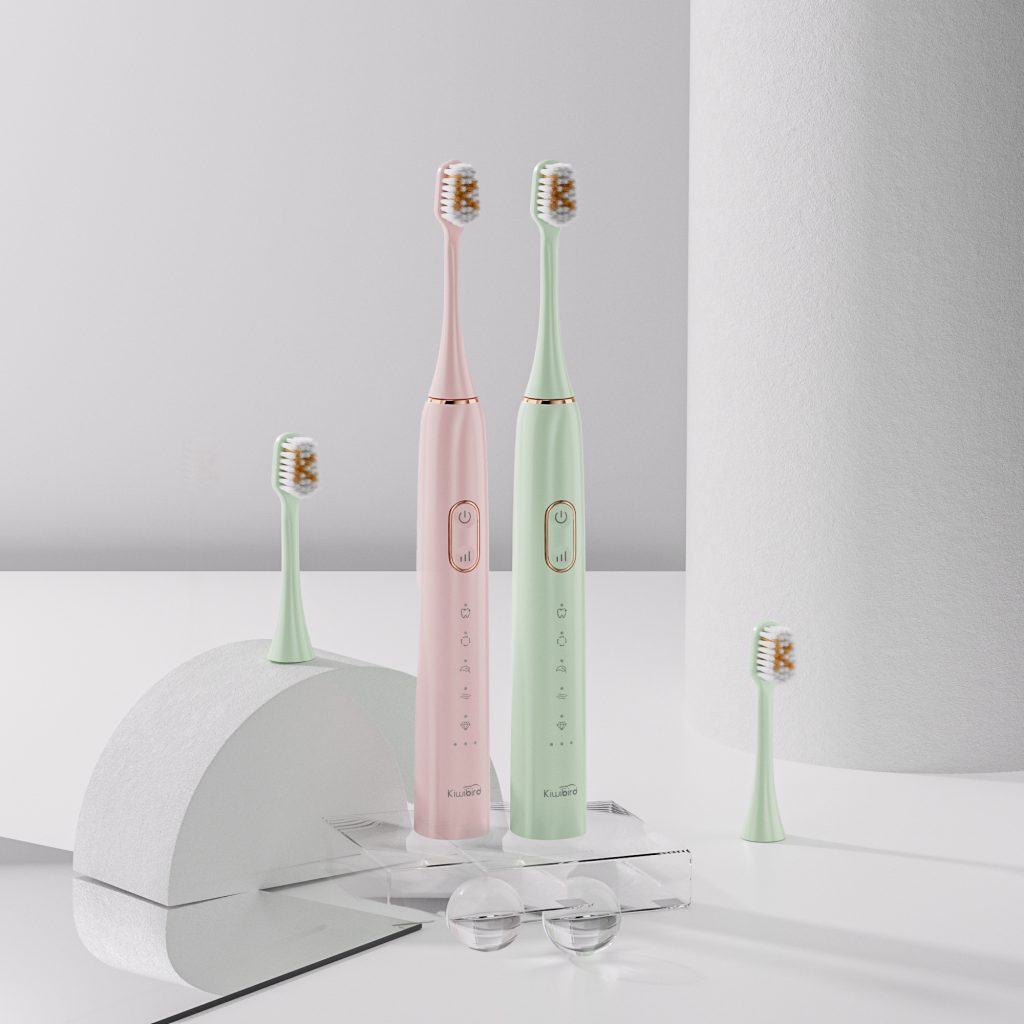
In addition to hardware, end-user behavior plays a critical role:
Therefore, successful enamel preservation demands both well-engineered tools and proper user education.
To ensure safe performance, B2B quality teams should implement rigorous testing:
Such protocols help balance cleaning power against enamel safety in real-world use.
Finally, here are actionable recommendations to minimize enamel erosion while leveraging rotational brushing:
By combining engineered safeguards with user-centric features, manufacturers can harness the benefits of brush head rotation without elevating enamel erosion risk.
Conclusion
While high-speed brush head rotation delivers superior plaque removal, unchecked forces and improper technique can accelerate enamel erosion. By prioritizing optimized design, rigorous testing, user education, and smart integration, B2B partners can offer devices that fight plaque effectively and preserve enamel health. For collaboration on next-generation rotational-technology brushes, please contact our company!
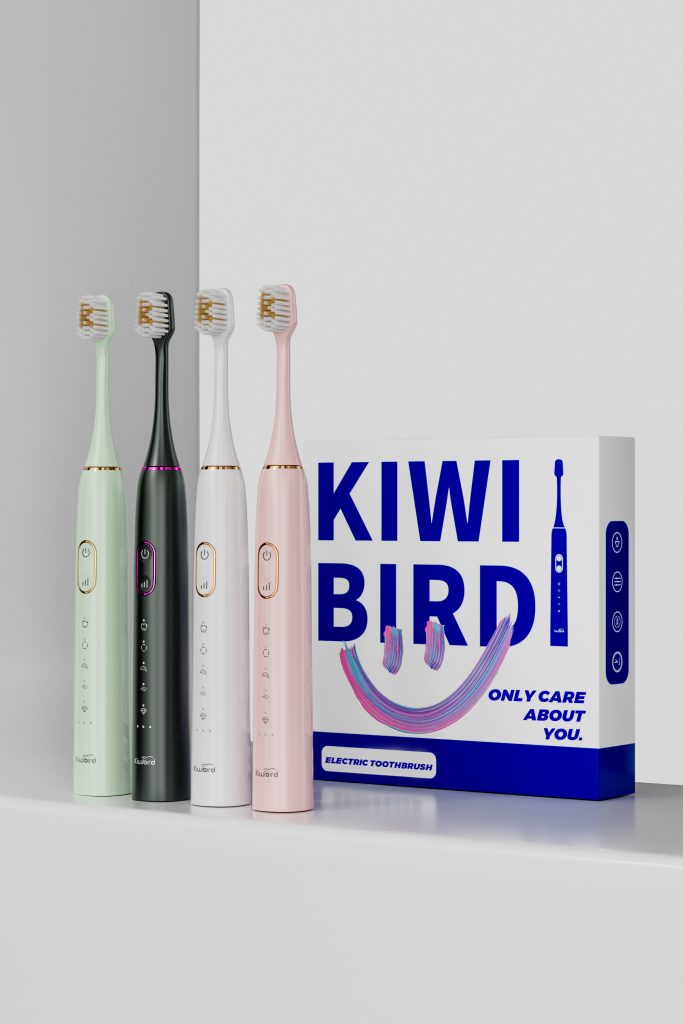
Crown Compatibility with Pressure Sensors Tech?

Can Blue Light Teeth Whitening Devices and Whitening Gels Be Used During Pregnancy?
Vibration Frequency Impact on Post-Treatment Sensitivity?
Frequent Allergy Reactions to Whitening Kits: Is Cold-Light Technology to Blame?
Whitening Kit-Induced Gum Irritation: Are User Manuals Clear? Does Warranty Cover It?
How Does Portability Enhance Allergen Detection?
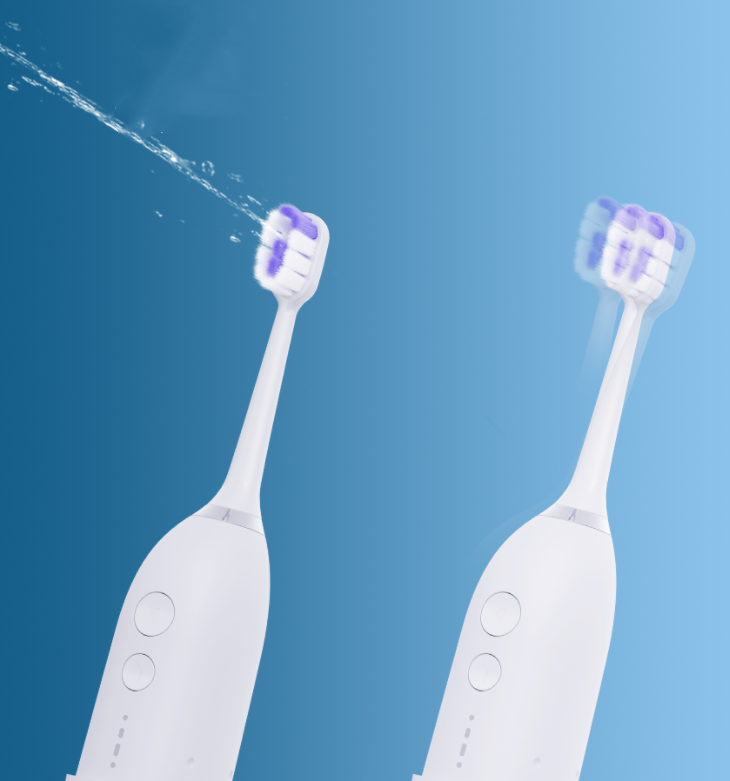
A Guide to the Pros and Cons of Two-in-One Electric Toothbrushes and Oral Irrigators
Could Your Toothbrush Be Damaging Gums?
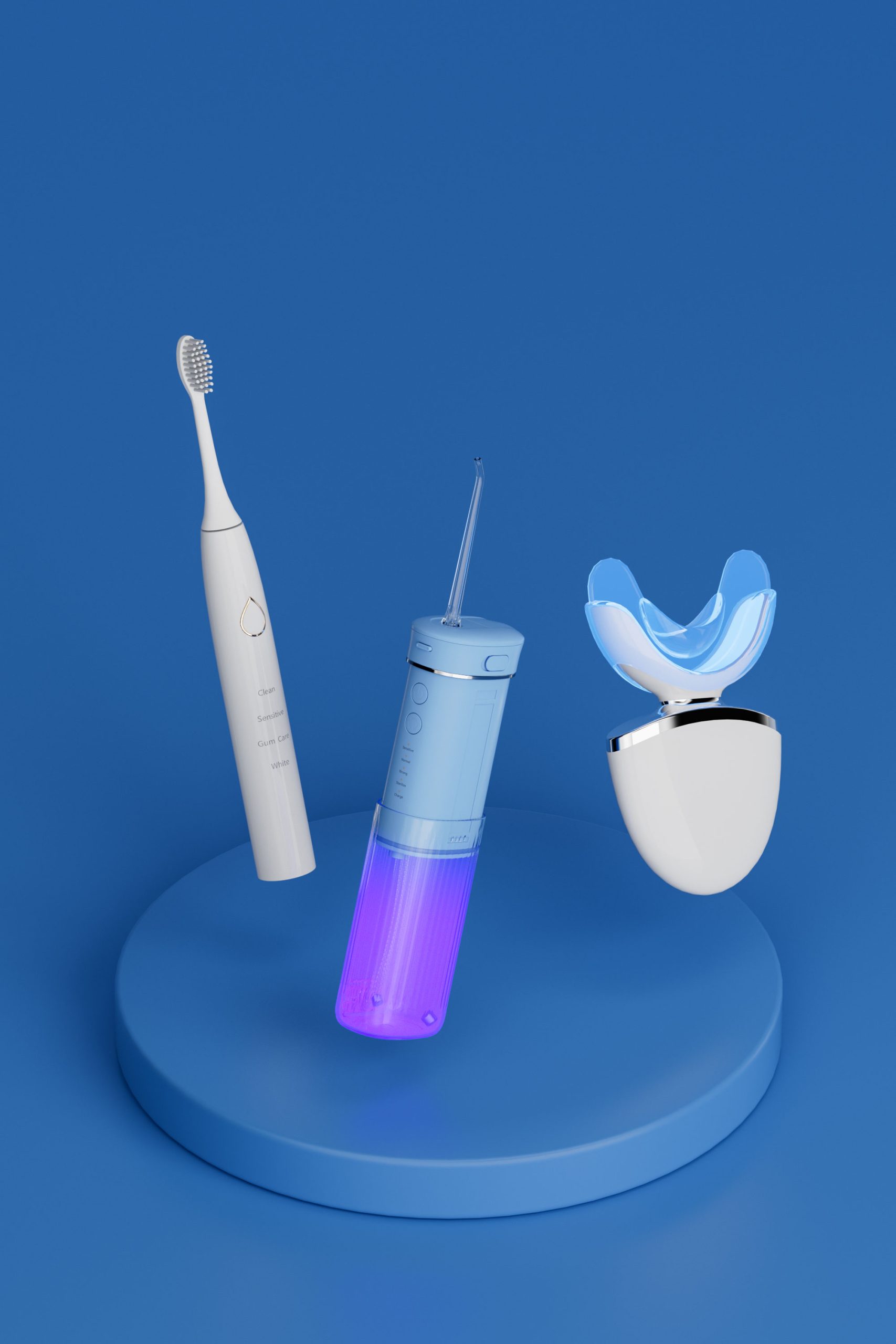
Benefits of Red & Blue Light Technology in Professional Teeth Whitening Kits
Can Incorrect Brush Head Replacement Frequency Accelerate Enamel Wear?

Oral Care Design for Women: Women Are the Main Consumers of the Oral Care Market

Waterproof Design Flaws of IPX7 Water-Resistant Water Flossers: Solutions to Seal Ring Aging and Water flosser Ingress Failures

Travel Water Flosser Design: Power Compatibility, Storage & Waterproofing
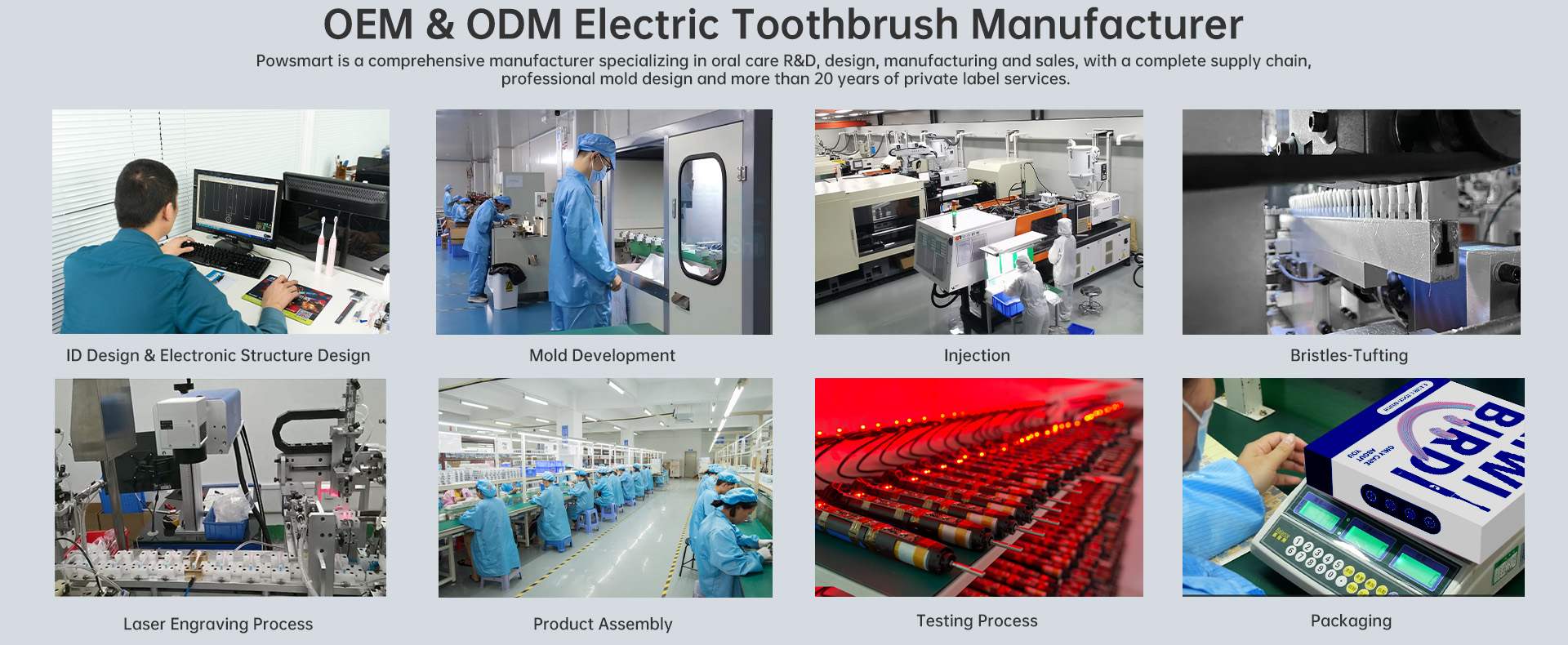
ISO 13485 Certification Interpretation: How Do Electric Toothbrush Meet Medical Device-Grade Production Standards?

Water Flosser OEM vs ODM: How to Choose the Best Business Mode?
.jpg)
Gentle Oral Care Products for Sensitive Gums: A Guide for Brands Seeking the Right Manufacturer

electric toothbrush heads Regular Clean

Private Label Whitening Gel

electric toothbrush heads Ultra Soft

Electric toothbrush heads Charcoal Infused-Diamond

Customization Teeth Whitening Gel
.jpg)
Florida Electric Toothbrush – Powsmart PTR-C8

electric toothbrush heads Charcoal Infuse-Round

electric toothbrush heads Deep Clean
whstapp
whstapp
National Toll-Free Service Hotline
+86 755 86238638